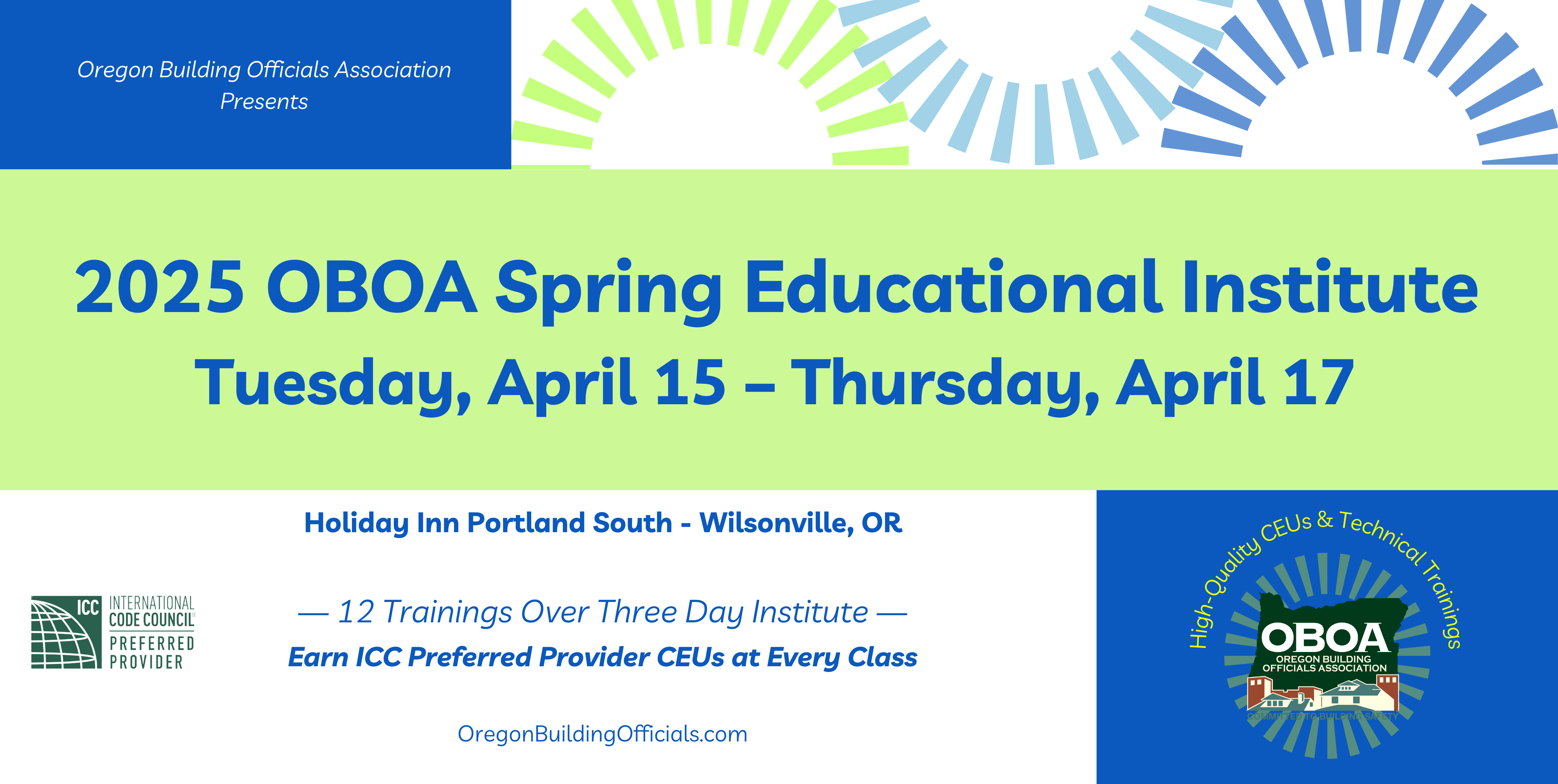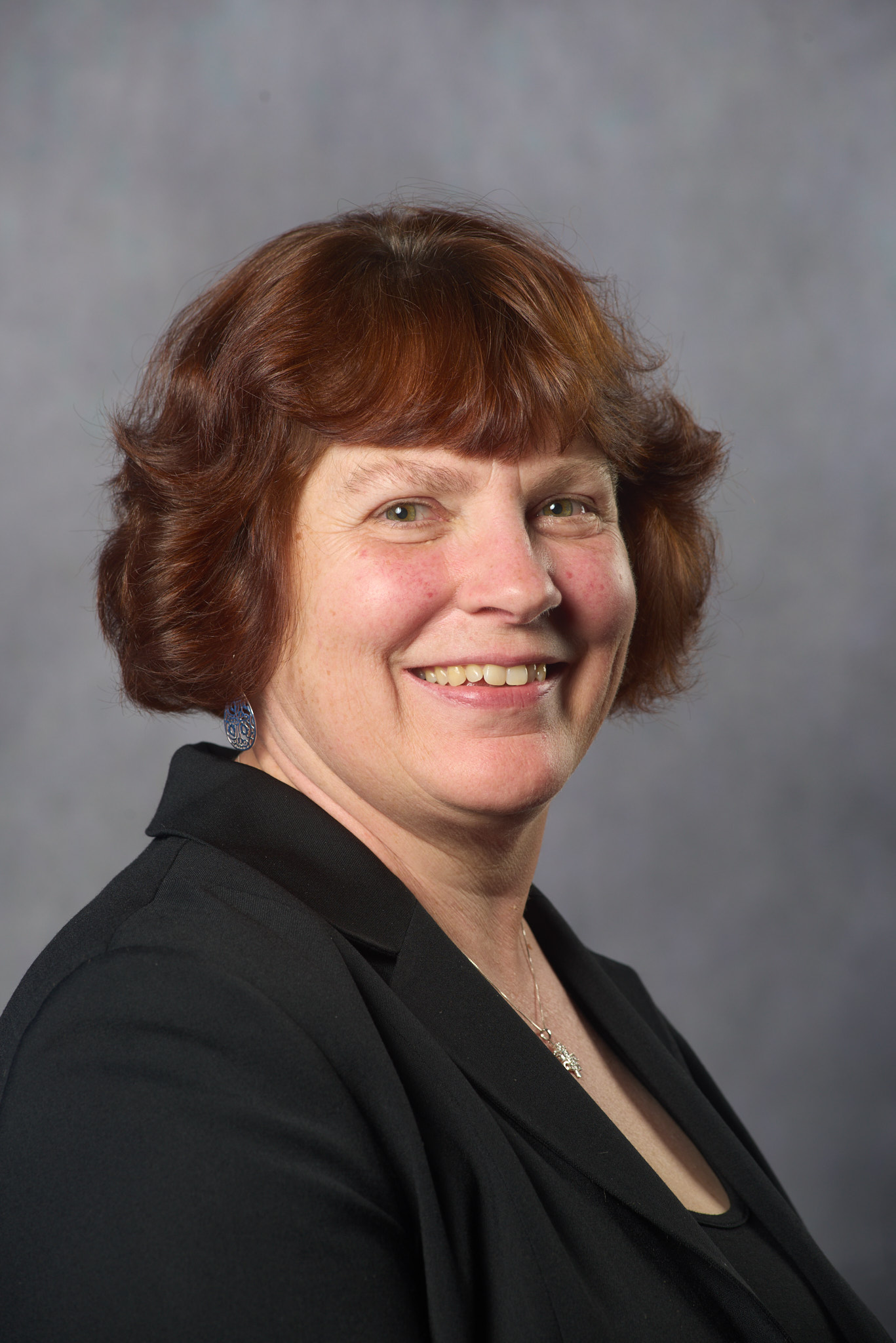|

B2) The Tiny House, Building It Right and
Change of Occupancy: Commercial to Residential
Sandra Hyde, PE, Managing Director, Product Development
International Code Council (ICC)
Wednesday, April 16 | 8:30 am – 4:00 pm
Holiday Inn Portland South – Wilsonville, OR
Class Description
This first half of this session covers requirements for tiny homes, their minimum requirements and where those requirements diverge from requirements for single family homes. Egress, emergency escape and rescue, stair sizing and minimum room and ceiling height are covered. Accessory dwelling unit requirements are briefly compared to tiny homes as well.
Thie second half of the course uses the 2021 IEBC Chapter 10, Change of Occupancy using the Work Area Method, to determine the minimum requirements for a change of occupancy from a commercial use to a residential use. The example building is a warehouse (S-2) that will be renovated to become apartments (R-2). Structural considerations including high seismicity are considered as well as egress and fire safety requirements. Accessibility needs with a change of occupancy are also identified.
Oregon-specific information will be incorporated into the presentation.
Class begins promptly at 8:30 am and ends by 4:00 pm and offers six hours of continuing education units/credit. A hot breakfast and lunch, all-day coffee and refreshments will be provided to registered attendees.
Learning Objectives
About our Presenter
 Sandra Hyde, P.E. is Managing Director of Product Development for the International Code Council (ICC) where she develops books and seminars about the structural provisions of the International Building Code (IBC), International Residential Code (IRC), International Existing Building Code (IEBC) and structural topics. Sandra has coauthored books and seminars on these topics including the Special Inspection Manual and the Significant Changes to the IRC and IBC. She has experience in manufacturing and research of engineered wood products with Weyerhaeuser. Sandra Hyde, P.E. is Managing Director of Product Development for the International Code Council (ICC) where she develops books and seminars about the structural provisions of the International Building Code (IBC), International Residential Code (IRC), International Existing Building Code (IEBC) and structural topics. Sandra has coauthored books and seminars on these topics including the Special Inspection Manual and the Significant Changes to the IRC and IBC. She has experience in manufacturing and research of engineered wood products with Weyerhaeuser.
Class Materials/Books (suggested to bring)
ORSC (Oregon Residential Specialty Code) and/or 2021 IRC (International Residential Code) and 2021 IEBC (International Existing Building Code)
Target Audience (who should attend)
Plans examiners, inspectors, permit techs, building officials, plan review engineers, home designers, builders, architects and engineers.
Level of Expertise
Intermediate and Advanced
ICC Preferred Provider Program Continuing Education Credit
(ICC CEUs)
OBOA is proud to be an approved International Code Council (ICC) Preferred Provider. ICC certificate holders must obtain a specified number of CEUs every three years in order to maintain their certifications and a portion of these CEUs must be obtained through Preferred Provider or ICC training. The Preferred Provider Program recognizes and promotes ICC-approved educational offerings as they relate to codes, standards and guidelines, as well as building construction materials, products and methods. ICC certificate holders may obtain ICC CEUs from Preferred Providers that can be applied toward the renewal requirements of ICC’s certification program.
 ICC PPP CEUs: 6 In-Person Contact hours / 0.6 CEUs ICC PPP CEUs: 6 In-Person Contact hours / 0.6 CEUs
An ICC CEU is a continuing education unit; each 10 clock hours of continuing education equals 1 CEU. Our typical one-day seminar has 6 hours of instruction, or 0.6 CEUs. Participation in all OBOA courses meet the needs for International Code Council (ICC) certification renewal continuing education credits as noted for each class. Please check with your appropriate jurisdiction and/or institution regarding your specific continuing education credit needs.
|